Instruction
Learning golf from the best instructors on Twitter

I hate to admit this, but when I first started teaching golf in 1992, golf swing video analysis was in its infancy, and there was no internet, email or smartphones. And of course, there was no easy way to learn about about the golf swing. Sure, we could go this place called a library where we could check out a book on golf instruction, but only if it was not already lent out to someone else. It was a far more difficult time to gather information, and teachers didn’t make it much easier on themselves, as many considered their golf instruction knowledge proprietary.
Nowadays, golf swing information is everywhere, and you don’t need to be a teaching professional to learn about the science of the golf swing — you just need to have Internet access. Personally, I like to use Twitter, and I follow people who know much more than I do about certain aspects of teaching golf. That way, I learn something every time I log on, and I often save the best photos or tidbits so I can recall them when necessary.
What I would like to show you today is show you some of the best things I have pulled off Twitter over the last few months from people such as @felixclubworks, @pinkenterprise1, @trackmanmaestro, @oraclerio, @kirkoguri, @golfgurutv, @andrewricegolf, and @chuckevans. I recommend you follow each of them to expand your golfing knowledge.
So, here are my favorite tips and information I’ve found on Twitter from the last few months. Enjoy my collection… and don’t forget to post your favorite golf Twitter accounts in the comments section below so we can all learn together.
What a great listing of how different ball speeds need radically different launch and spin conditions in order for you to maximize your distance output. This makes a solid case for getting your driver fit to you swing mechanics. If you don’t, you could be losing serious distance and roll-out.
This is one of my very favorite photos. It shows how off-center toe and heel hits, combined with gear-effect, can cause the ball to move the opposite direction than it should based on you face to path relationship. When you have a negative face-to-path, the ball should go left and vice versa. However, heel hits cause the ball to want to move more rightward and toe hits are more hook biased. So sometimes your swing is OK, but your off-center hits are causing your problems.
These ball-flight laws have been proven by the latest science. It’s now indisputable that the ball begins mostly in the direction of the face at impact, and curves away from the path with a center hit. Yes, the ball flight matrix above looks complex, but it becomes easier to understand when keep these two things in mind:
- The red arrow is the path.
- The black arrow is the face at impact.
Assuming you’re striking your shots in the center of the club face, you should now know why your ball curves the way it does.
Nothing more needs to be said about this slide; Jamie is a STUD! I have been lucky enough to have known him for many years, and he amazes me every time he hits the ball. In fact, at Vidanta this fall, he put on a show for us. He hit a drive off his knees, and his swing speed was still 113 mph — more than the average Tour professional standing on two feet!
Here is great insight from a slideshow presentation that shows you how to spin the ball back on the green. It says you need a certain spin rate and a certain landing angle, or the golf ball won’t spin back. This can actually be practiced if you know a teacher with a Trackman. My advice would be to get the mechanics and feel of these numbers down, and from there you can practice it on your own by remembering the feeling!
For you gear heads out there, here is Kirk showing us that for every degree of loft change you will see a certain amount of distance and spin change with all other things being equal.
Jordan Spieth is seriously the best putter I have ever seen over the course of an entire the season, and simply brilliant from 20-25 feet. If you want to be a better player, make putting your strength!
Editor’s Note: Don’t forget to follow Tom Stickney (@tomstickneygolf) and GolfWRX (@golfwrx) on Twitter.
- LIKE51
- LEGIT4
- WOW0
- LOL1
- IDHT3
- FLOP1
- OB0
- SHANK11
Instruction
The Wedge Guy: The easiest-to-learn golf basic

My golf learning began with this simple fact – if you don’t have a fundamentally sound hold on the golf club, it is practically impossible for your body to execute a fundamentally sound golf swing. I’m still a big believer that the golf swing is much easier to execute if you begin with the proper hold on the club.
As you might imagine, I come into contact with hundreds of golfers of all skill levels. And it is very rare to see a good player with a bad hold on the golf club. There are some exceptions, for sure, but they are very few and very far between, and they typically have beat so many balls with their poor grip that they’ve found a way to work around it.
The reality of biophysics is that the body moves only in certain ways – and the particulars of the way you hold the golf club can totally prevent a sound swing motion that allows the club to release properly through the impact zone. The wonderful thing is that anyone can learn how to put a fundamentally sound hold on the golf club, and you can practice it anywhere your hands are not otherwise engaged, like watching TV or just sitting and relaxing.
Whether you prefer an overlap, interlock or full-finger (not baseball!) grip on the club, the same fundamentals apply. Here are the major grip faults I see most often, in the order of the frequency:
Mis-aligned hands
By this I mean that the palms of the two hands are not parallel to each other. Too many golfers have a weak left hand and strong right, or vice versa. The easiest way to learn how to hold the club with your palms aligned properly is to grip a plain wooden ruler or yardstick. It forces the hands to align properly and shows you how that feels. If you grip and re-grip a yardstick several times, then grip a club, you’ll see that the learning curve is almost immediate.
The position of the grip in the upper/left hand
I also observe many golfers who have the butt of the grip too far into the heel pad of the upper hand (the left hand for right-handed players). It’s amazing how much easier it is to release the club through the ball if even 1/4-1/2″ of the butt is beyond the left heel pad. Try this yourself to see what I mean. Swing the club freely with just your left hand and notice the difference in its release from when you hold it at the end of the grip, versus gripping down even a half inch.
To help you really understand how this works, go to the range and hit shots with your five-iron gripped down a full inch to make the club the same length as your seven-iron. You will probably see an amazing shot shape difference, and likely not see as much distance loss as you would expect.
Too much lower (right) hand on the club
It seems like almost all golfers of 8-10 handicap or higher have the club too far into the palm of the lower hand, because that feels “good” if you are trying to control the path of the clubhead to the ball. But the golf swing is not an effort to hit at the ball – it is a swing of the club. The proper hold on the club has the grip underneath the pad at the base of the fingers. This will likely feel “weak” to you — like you cannot control the club like that. EXACTLY. You should not be trying to control the club with your lower/master hand.
Gripping too tightly
Nearly all golfers hold the club too tightly, which tenses up the forearms and prevents a proper release of the club through impact. In order for the club to move back and through properly, you must feel that the club is controlled by the last three fingers of the upper hand, and the middle two fingers of the lower hand. If you engage your thumbs and forefingers in “holding” the club, the result will almost always be a grip that is too tight. Try this for yourself. Hold the club in your upper hand only, and squeeze firmly with just the last three fingers, with the forefinger and thumb off the club entirely. You have good control, but your forearms are not tense. Then begin to squeeze down with your thumb and forefinger and observe the tensing of the entire forearm. This is the way we are made, so the key to preventing tenseness in the arms is to hold the club very lightly with the “pinchers” — the thumbs and forefingers.
So, those are what I believe are the four fundamentals of a good grip. Anyone can learn them in their home or office very quickly. There is no easier way to improve your ball striking consistency and add distance than giving more attention to the way you hold the golf club.
More from the Wedge Guy
- The Wedge Guy: Golf mastery begins with your wedge game
- The Wedge Guy: Why golf is 20 times harder than brain surgery
- The Wedge Guy: Musings on the golf ball rollback
- LIKE83
- LEGIT13
- WOW5
- LOL1
- IDHT0
- FLOP4
- OB1
- SHANK8
Instruction
Clement: Stop ripping off your swing with this drill!

Not the dreaded headcover under the armpit drill! As if your body is defective and can’t function by itself! Have you seen how incredible the human machine is with all the incredible feats of agility all kinds of athletes are accomplishing? You think your body is so defective (the good Lord is laughing his head off at you) that it needs a headcover tucked under the armpit so you can swing like T-Rex?
- LIKE0
- LEGIT2
- WOW2
- LOL0
- IDHT0
- FLOP0
- OB0
- SHANK2
Instruction
How a towel can fix your golf swing

This is a classic drill that has been used for decades. However, the world of marketed training aids has grown so much during that time that this simple practice has been virtually forgotten. Because why teach people how to play golf using everyday items when you can create and sell a product that reinforces the same thing? Nevertheless, I am here to give you helpful advice without running to the nearest Edwin Watts or adding something to your Amazon cart.
For the “scoring clubs,” having a solid connection between the arms and body during the swing, especially through impact, is paramount to creating long-lasting consistency. And keeping that connection throughout the swing helps rotate the shoulders more to generate more power to help you hit it farther. So, how does this drill work, and what will your game benefit from it? Well, let’s get into it.
Setup
You can use this for basic chip shots up to complete swings. I use this with every club in my bag, up to a 9 or 8-iron. It’s natural to create incrementally more separation between the arms and body as you progress up the set. So doing this with a high iron or a wood is not recommended.
While you set up to hit a ball, simply tuck the towel underneath both armpits. The length of the towel will determine how tight it will be across your chest but don’t make it so loose that it gets in the way of your vision. After both sides are tucked, make some focused swings, keeping both arms firmly connected to the body during the backswing and follow through. (Note: It’s normal to lose connection on your lead arm during your finishing pose.) When you’re ready, put a ball in the way of those swings and get to work.

Get a Better Shoulder Turn
Many of us struggle to have proper shoulder rotation in our golf swing, especially during long layoffs. Making a swing that is all arms and no shoulders is a surefire way to have less control with wedges and less distance with full swings. Notice how I can get in a similar-looking position in both 60° wedge photos. However, one is weak and uncontrollable, while the other is strong and connected. One allows me to use my larger muscles to create my swing, and one doesn’t. The follow-through is another critical point where having a good connection, as well as solid shoulder rotation, is a must. This drill is great for those who tend to have a “chicken wing” form in their lead arm, which happens when it becomes separated from the body through impact.
In full swings, getting your shoulders to rotate in your golf swing is a great way to reinforce proper weight distribution. If your swing is all arms, it’s much harder to get your weight to naturally shift to the inside part of your trail foot in the backswing. Sure, you could make the mistake of “sliding” to get weight on your back foot, but that doesn’t fix the issue. You must turn into your trial leg to generate power. Additionally, look at the difference in separation between my hands and my head in the 8-iron examples. The green picture has more separation and has my hands lower. This will help me lessen my angle of attack and make it easier to hit the inside part of the golf ball, rather than the over-the-top move that the other picture produces.


Stay Better Connected in the Backswing
When you don’t keep everything in your upper body working as one, getting to a good spot at the top of your swing is very hard to do. It would take impeccable timing along with great hand-eye coordination to hit quality shots with any sort of regularity if the arms are working separately from the body.
Notice in the red pictures of both my 60-degree wedge and 8-iron how high my hands are and the fact you can clearly see my shoulder through the gap in my arms. That has happened because the right arm, just above my elbow, has become totally disconnected from my body. That separation causes me to lift my hands as well as lose some of the extension in my left arm. This has been corrected in the green pictures by using this drill to reinforce that connection. It will also make you focus on keeping the lead arm close to your body as well. Because the moment either one loses that relationship, the towel falls.


Conclusion
I have been diligent this year in finding a few drills that target some of the issues that plague my golf game; either by simply forgetting fundamental things or by coming to terms with the faults that have bitten me my whole career. I have found that having a few drills to fall back on to reinforce certain feelings helps me find my game a little easier, and the “towel drill” is most definitely one of them.
- LIKE12
- LEGIT2
- WOW2
- LOL0
- IDHT0
- FLOP2
- OB0
- SHANK8
-

 19th Hole3 days ago
19th Hole3 days agoDave Portnoy places monstrous outright bet for the 2024 Masters
-

 19th Hole3 weeks ago
19th Hole3 weeks agoJohn Daly stuns fans into silence with brutal opening tee shot on PGA Tour Champions
-

 19th Hole2 weeks ago
19th Hole2 weeks agoThings got heated at the Houston Open between Tony Finau and Alejandro Tosti. Here’s why
-

 19th Hole4 days ago
19th Hole4 days agoTiger Woods arrives at 2024 Masters equipped with a putter that may surprise you
-

 19th Hole1 week ago
19th Hole1 week agoReport: Tiger Woods has ‘eliminated sex’ in preparation for the 2024 Masters
-

 19th Hole3 weeks ago
19th Hole3 weeks agoCharlie Woods finds it tough going on American Junior Golf Association debut
-

 19th Hole2 weeks ago
19th Hole2 weeks agoAddiction, spinal fusion, and scam artists – Everything Anthony Kim revealed in candid interview with David Feherty
-

 19th Hole1 week ago
19th Hole1 week agoAnthony Kim says doctors told him that he ‘may not have much time left’ ahead of LIV return

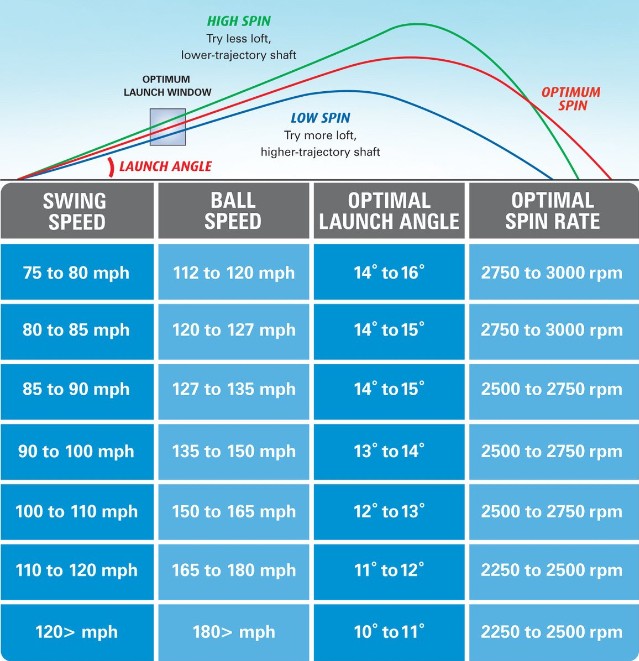
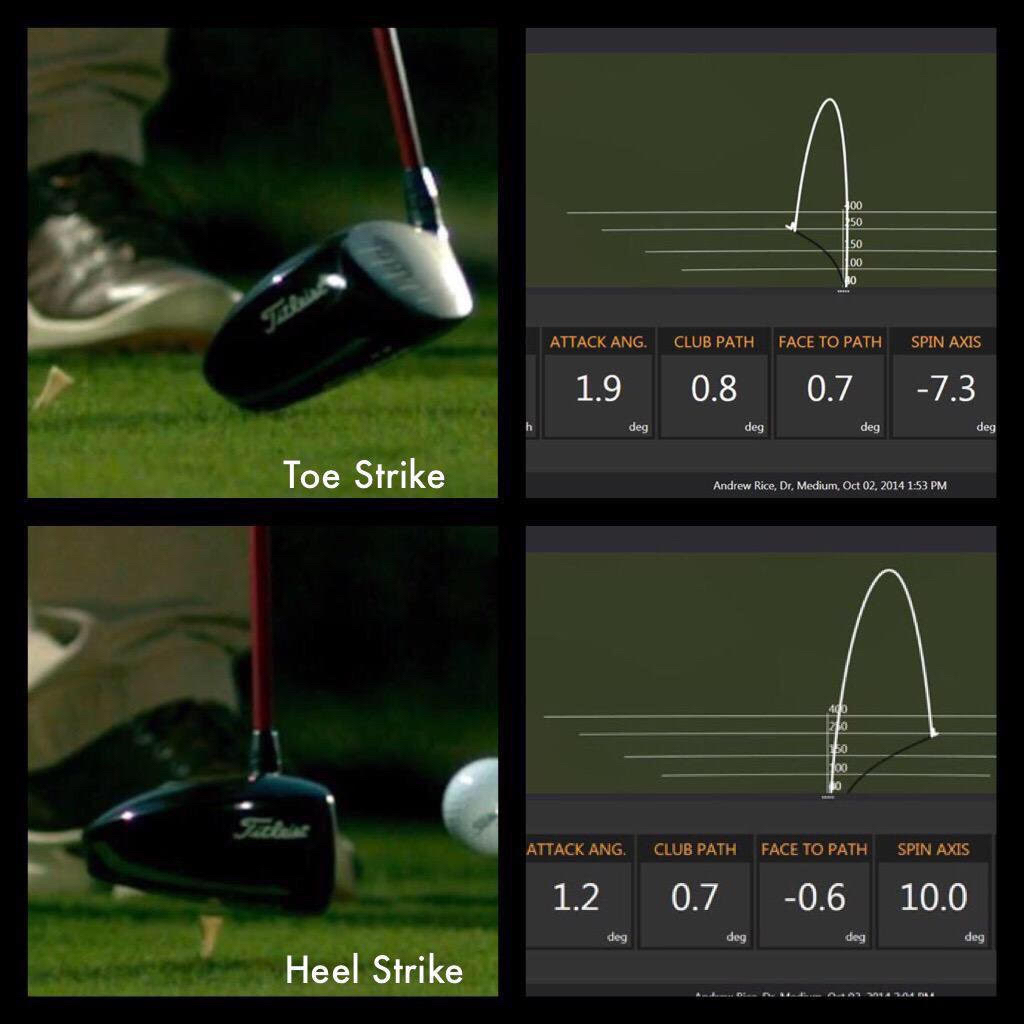
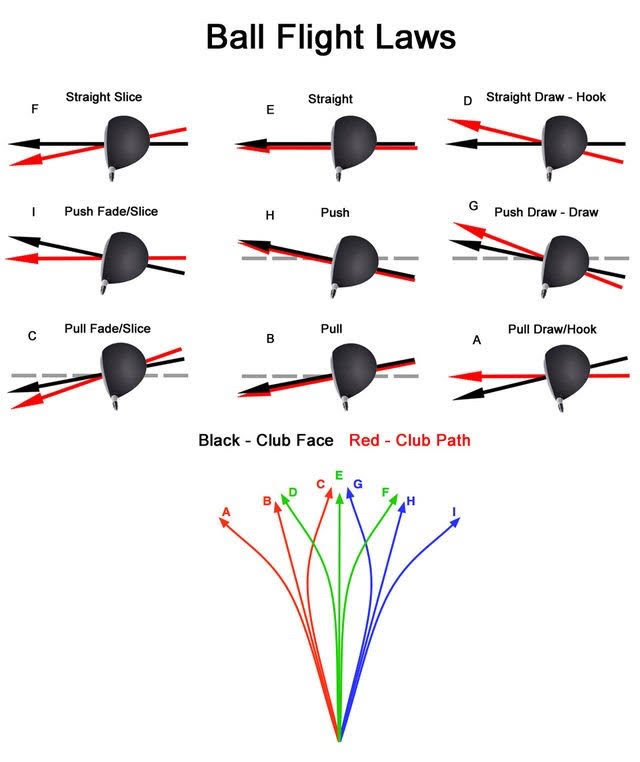
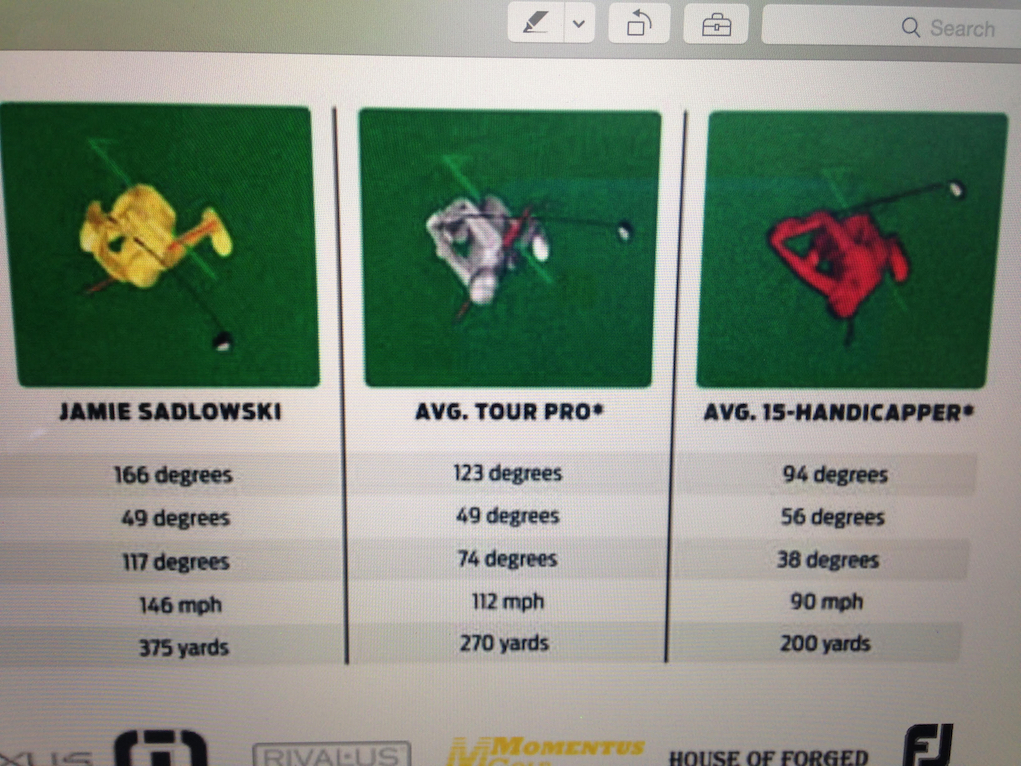
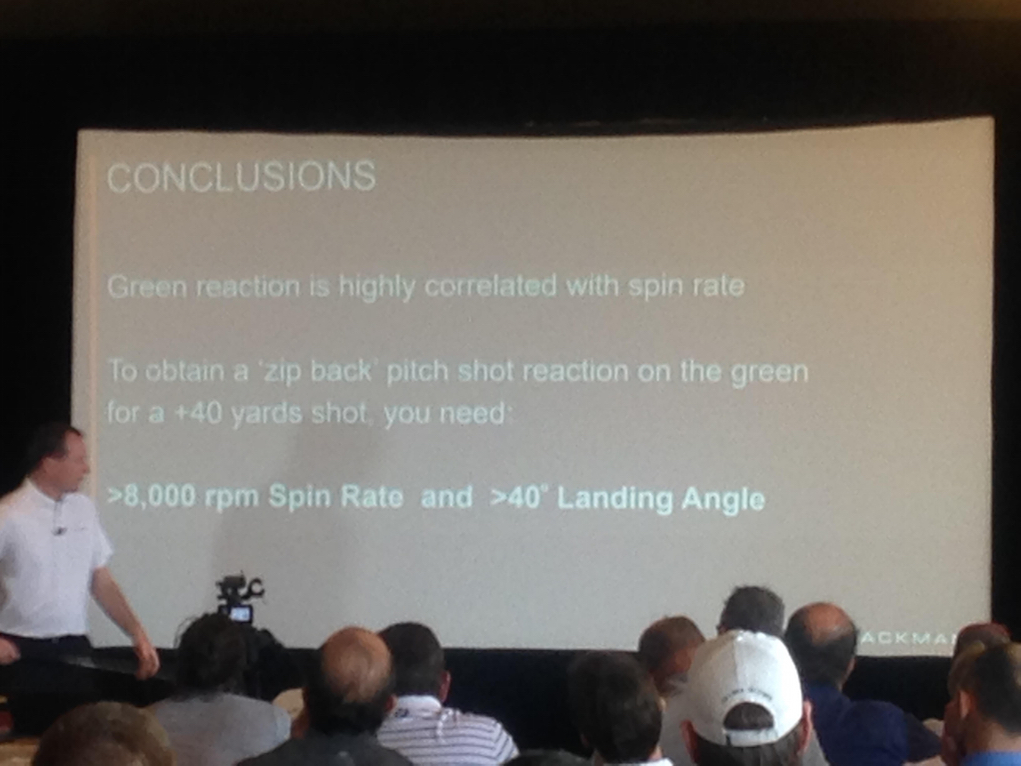


















Frances Diliberti
Aug 30, 2016 at 8:04 am
Home Instruction . Learning golf from the best instructors on Twitter. In Part 1, you learned about several training factors that have been scientifically proven to help enhance any golfer ’s health and performance. This process of picking the right golf instructor for you will ultimately provide the best way for you to realize the maximum return on your investment of money, resources, and your time while minimizing your learning curve.
chris
Aug 12, 2016 at 3:31 pm
This is great, I’ll be excited to add these guys later today. Thank you!
Weekend Duffer
Aug 12, 2016 at 9:35 am
They need to ban you from here
Jim H
Aug 12, 2016 at 12:46 pm
I second that motion.
Marty Moose
Aug 12, 2016 at 1:26 pm
Third.
mlecuni
Aug 12, 2016 at 1:29 pm
The comments are reflecting the way this website is.
May be it’s time to change, to grow. It was good to see some new editors coming, but still, a lot of articles aren’t anything more than sacasm, biased ideas or empty stories.